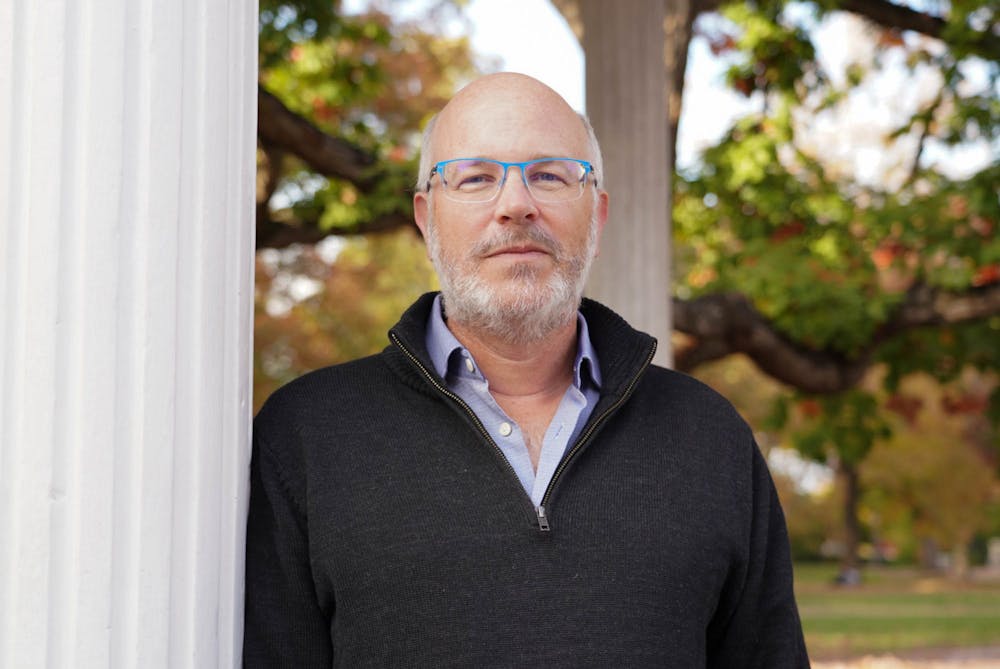Three years ago, a merger between departments within the College of Arts and Sciences gave way to the Department of Earth, Marine and Environmental Sciences.
The department, composed of the former Department of Geological Sciences and Department of Marine Sciences, now also incorporates the UNC Institute for Marine Sciences in Morehead City.
Two new concentrations within the undergraduate degree have been created since the merger — undergraduates who major in earth and marine sciences can now pursue a specialization in marine biology and ecology or hydrology, in addition to geoscience.
“One of the real opportunities that this merger provides for students in particular is that this group of people, this group of faculty and the programs there, are people trying to address some of the great challenges facing us,” department chair Eric Kirby said.
Geology classes have remained concentrated in Mitchell Hall, while marine sciences classes take place in Murray and Venable Halls. Those involved in marine research travel to the IMS in Morehead City.
The research institute’s involvement in the merger “made a lot of sense,” Kirby said, given IMS’s involvement in hands-on graduate training. The IMS hosts both graduate and undergraduate students in various training programs alongside faculty and 60-75 staff who conduct research. It aims to study “the ecology, conservation and restoration of coastal marine resources,” according to the IMS website.
Since its formation, the department has made efforts to connect faculty, staff and students by investing in improved telecommunications with IMS and hosting a speaker series, Kirby said. Still, the integration process between the once-independent programs did not come without challenges, according to some students, including the lack of a central location for the department.
Third-year graduate student Bhavyaa Tyagi described the merger as “stressful” due to confusion about students’ points of contact within the department. Fourth-year doctoral student Alexis Lopez said she felt it was already difficult to feel connected to the department due to COVID-19, but the expansion of the program, which now includes about 70 students, felt “jarring.”
The Committee for Graduate Advocacy, which serves as a bridge between faculty and the graduate student body, was created with the department's support in response to some of the difficulties that arose from the merger. The group, composed of seven graduate students, attends department meetings and plans events to connect students. Lopez, who is a member of the committee, said graduate students have created a “good amount of camaraderie” among themselves since the creation of CGA.




